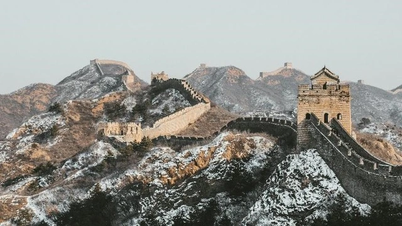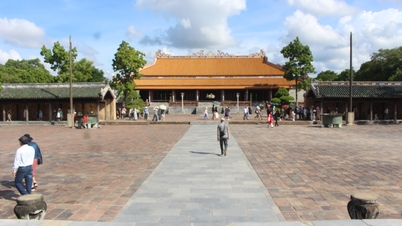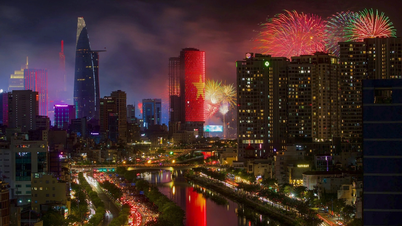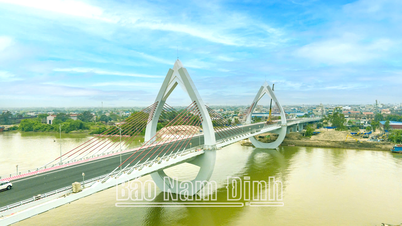The Forbidden City, also known as the Imperial Palace, was the residence of the Chinese emperors during the feudal period. It is now a museum and a tourist attraction of great historical value to the country.
Not only is it a famous tourist destination, the Forbidden City is also associated with many mysterious stories that are difficult to explain. One of them is that despite having existed for more than 600 years, the Forbidden City was built from wood that has never been destroyed by termites.

Although the Forbidden City was built of wood, it has never been attacked by termites for more than 600 years. (Photo: Sohu)
The Forbidden City was built between 1406 and 1420 and covers a total area of 72 hectares. It is a system of more than 70 palaces with 9,999 rooms. Most of them are built of wood.
The imperial court at that time mobilized up to 1 million workers to build the Forbidden City. In addition to wood, people also used large and small marbles from quarries to build the palace. According to experts, the reason why the palaces of the Forbidden City are not damaged by termites is due to 4 reasons.
First is the quality of the wood. The types of wood used are all precious woods such as virgin wood, cypress, and fir. These types of wood are very difficult to rot.
According to records, virgin wood was used to make pillars, thrones, beds, and wardrobes for emperors. The price of this wood is currently 8,000 times higher than that of ordinary wood.
The Chinese cedar is a famous wood in China. It is commonly found in Hubei, Sichuan and Guizhou. The cedar tree can grow up to 30m tall. The cedar wood is golden yellow after being polished. In feudal times, the golden color was considered the symbolic color of the emperor. Therefore, this type of wood was only used by the emperor. It is currently on the list of wood that needs to be preserved.

The palaces are all made of virgin wood, cypress or fir. (Photo: Sohu)
In ancient times, logging was still difficult. The imperial court sent many officials to manage the logging. They had to travel to many places such as Sichuan, Jiangxi, Zhejiang, Huguang, etc. In fact, it took the officials more than ten years to find the best quality trees to build the Forbidden City.
Second, these trees were treated before being used. They were also covered with a layer of lacquer on the outside. Thus, the wood used to build the Forbidden City was resistant to termites and corrosion.
Third, it is due to the geographical location of the Forbidden City. Because the Forbidden City is located in the North of China, this is a place with dry and cold air, this weather is not suitable for wood-eating insects such as termites.
Fourth, the Forbidden City has ventilation holes. These ventilation holes are cleverly placed in the walls. They help to keep the wood in the Forbidden City from getting damp and rotten.

Thanks to being made from precious wood, the palaces in the Forbidden City have not been damaged by termites or corrosion for many years. (Photo: Sohu)
Quoc Thai (Source: Sohu)
Useful
Emotion
Creative
Unique
Source



![[Photo] Many young people patiently lined up under the hot sun to receive a special supplement from Nhan Dan Newspaper.](https://vphoto.vietnam.vn/thumb/1200x675/vietnam/resource/IMAGE/2025/5/18/6f19d322f9364f0ebb6fbfe9377842d3)
![[Photo] Ready for the top competitions of Vietnamese table tennis](https://vphoto.vietnam.vn/thumb/1200x675/vietnam/resource/IMAGE/2025/5/18/9c547c497c5a4ade8f98c8e7d44f5a41)


































![[Photo] General Secretary To Lam visits exhibition of achievements in private economic development](https://vphoto.vietnam.vn/thumb/1200x675/vietnam/resource/IMAGE/2025/5/18/1809dc545f214a86911fe2d2d0fde2e8)




























































Comment (0)